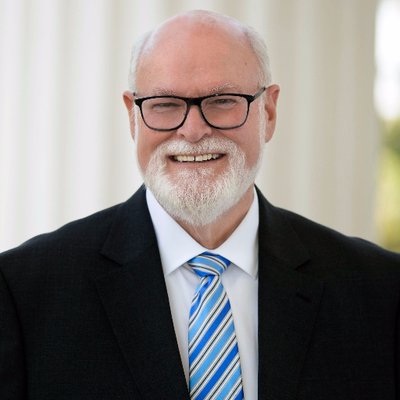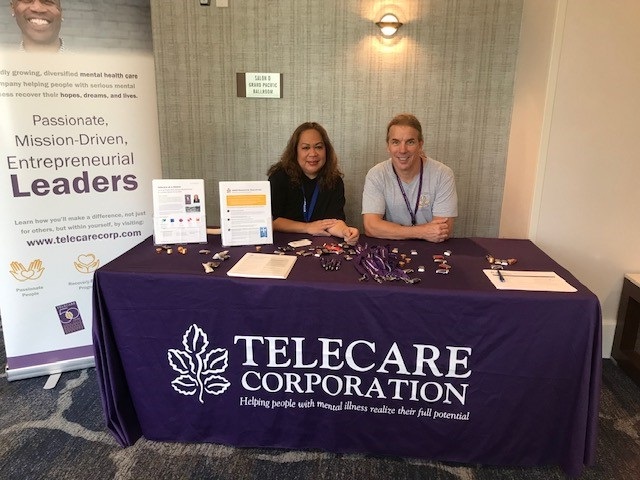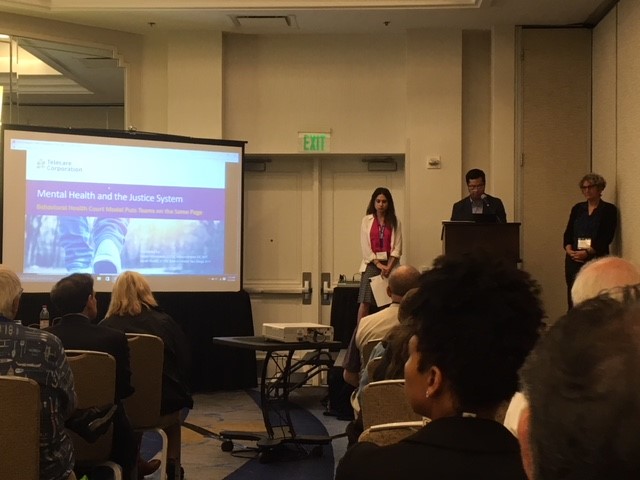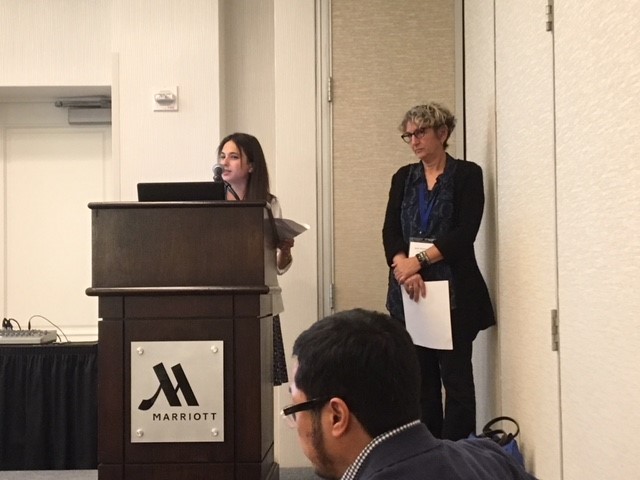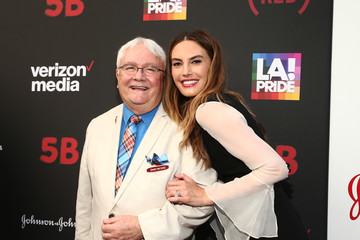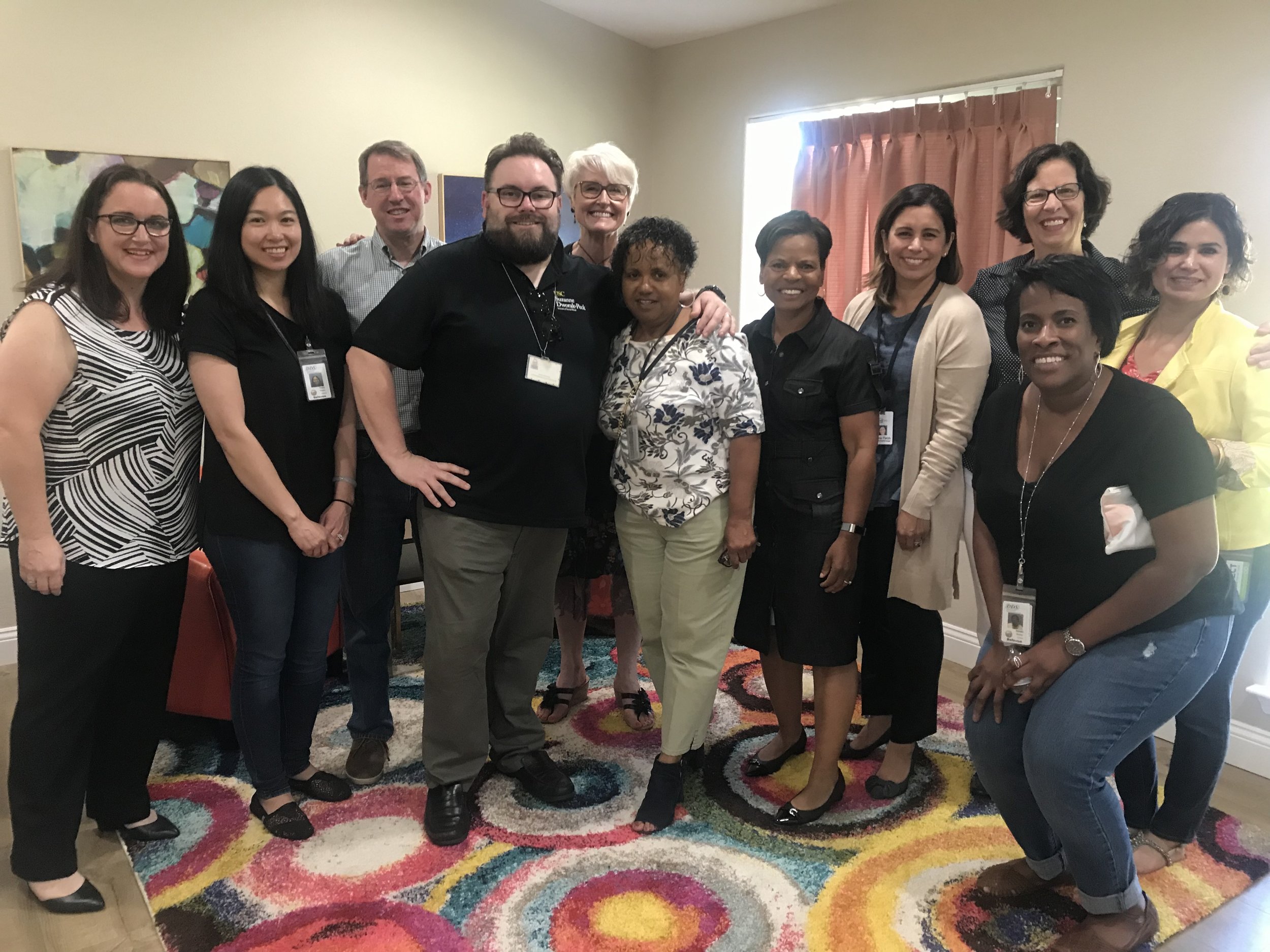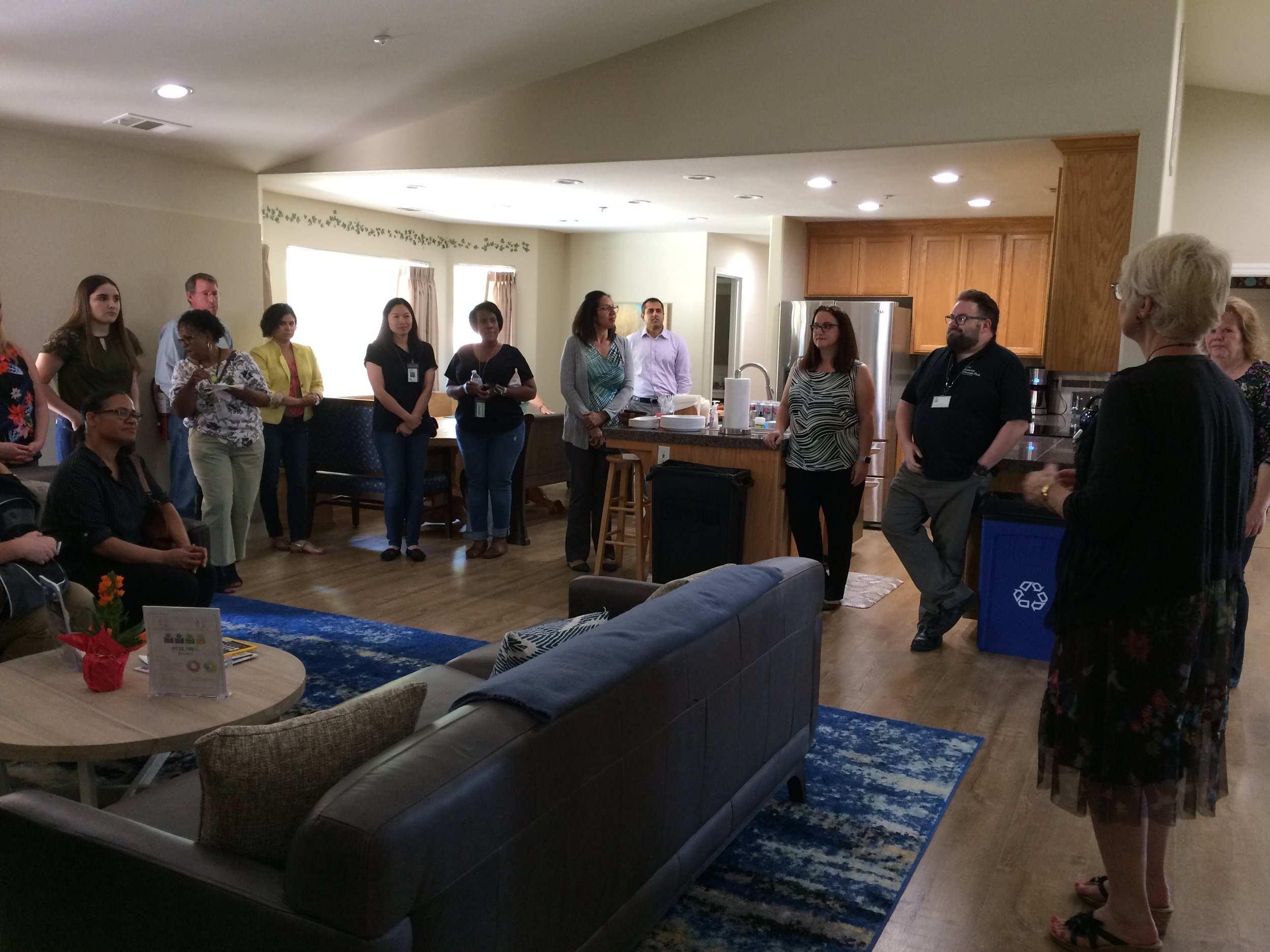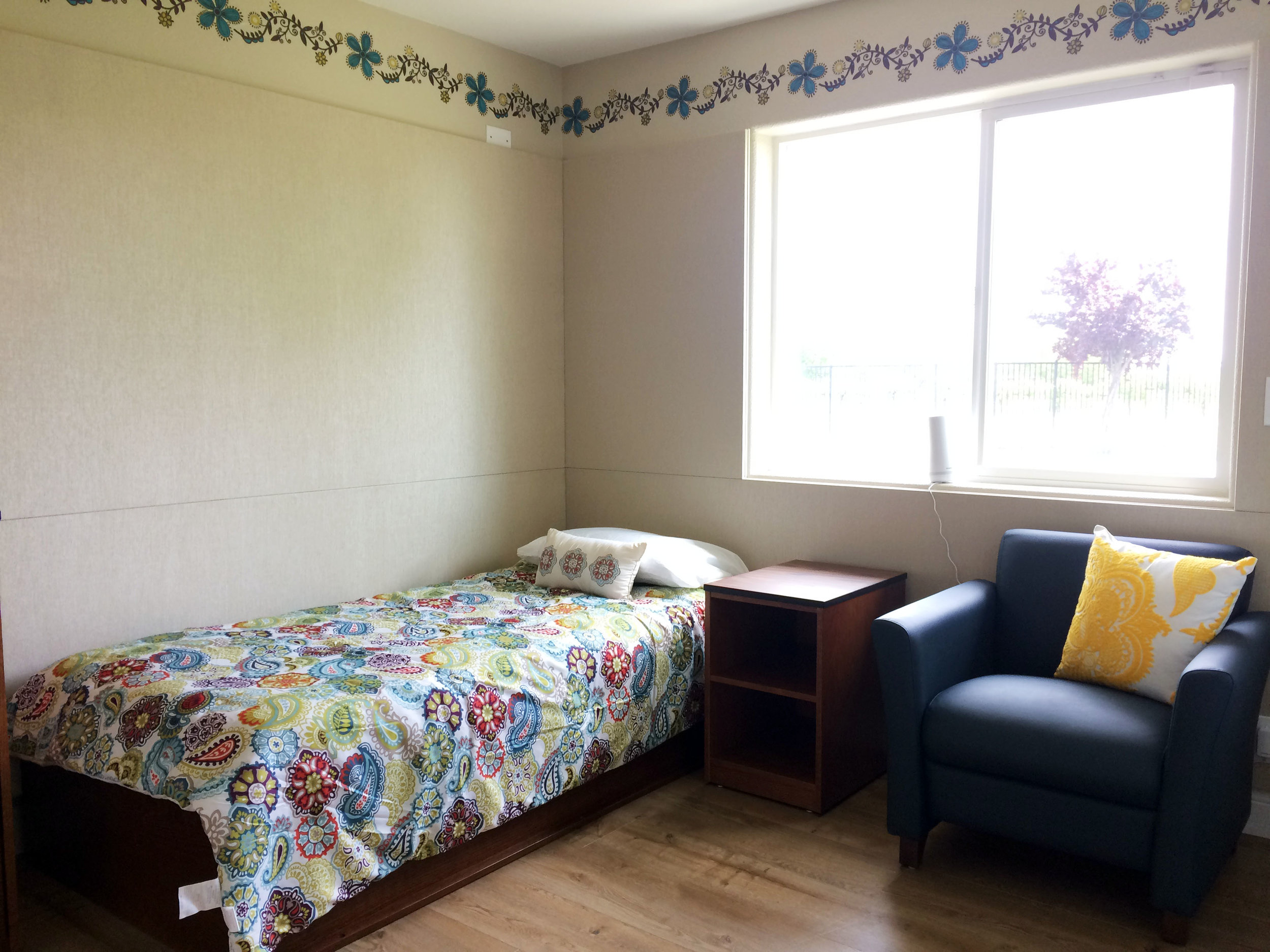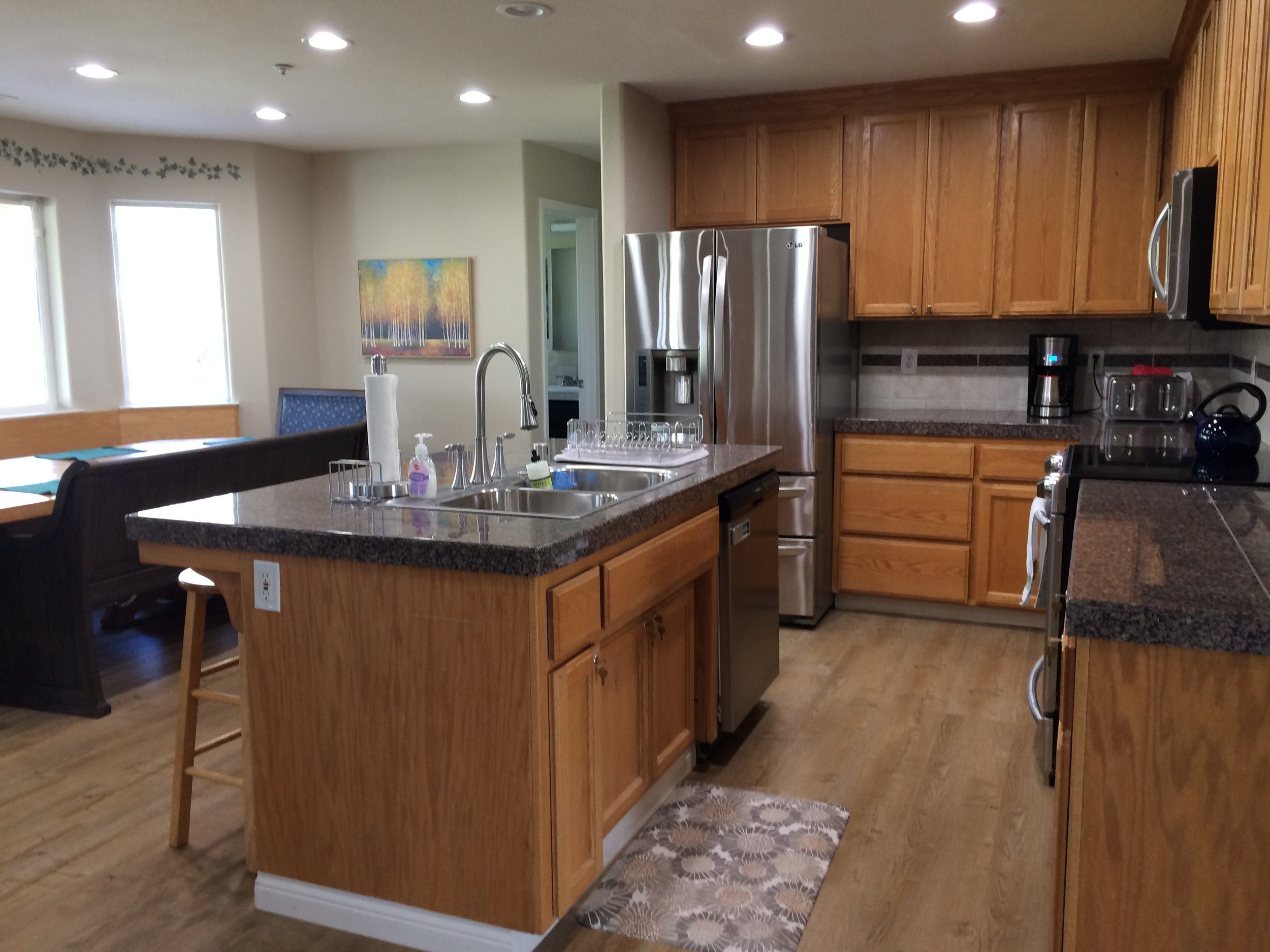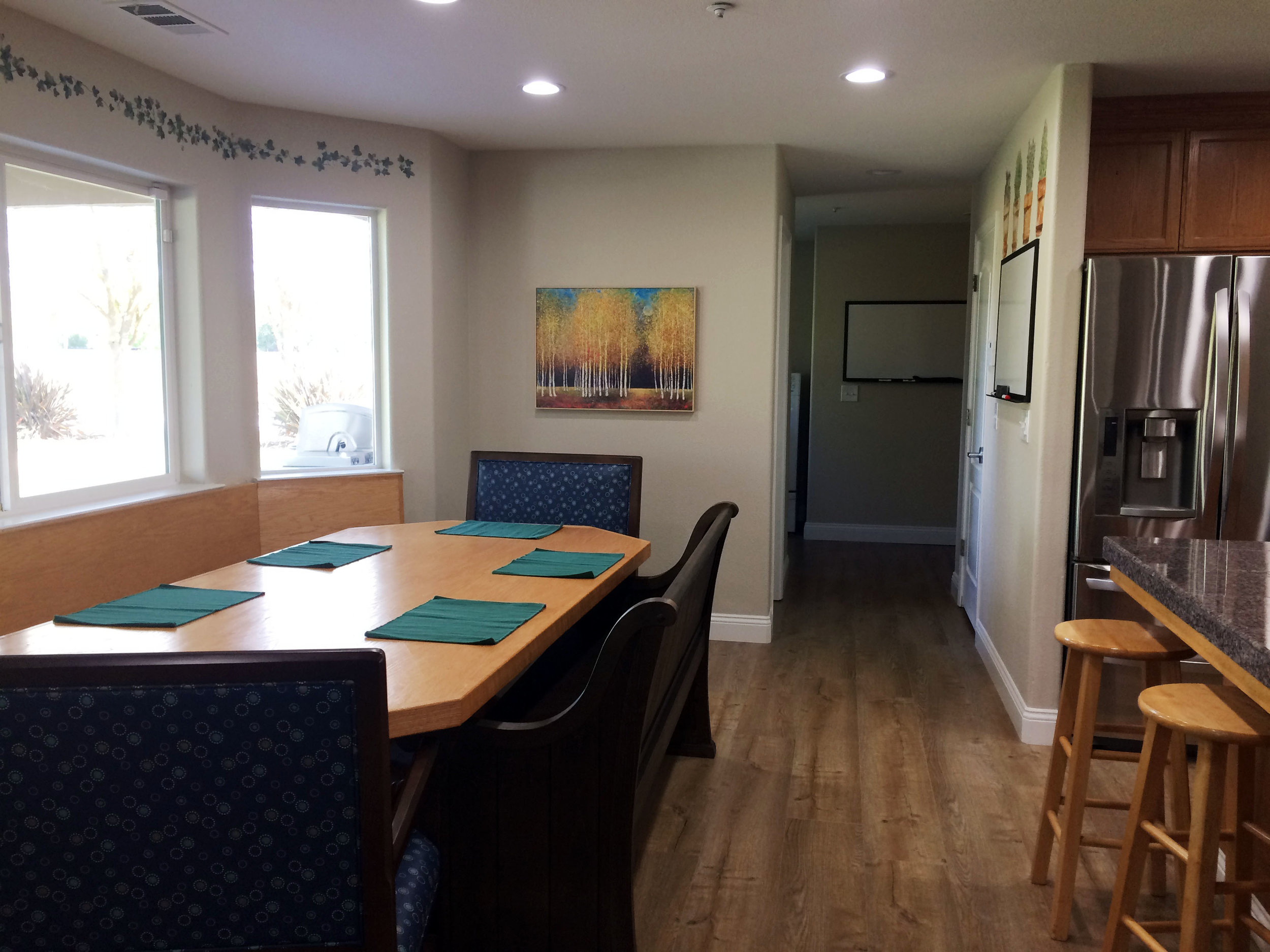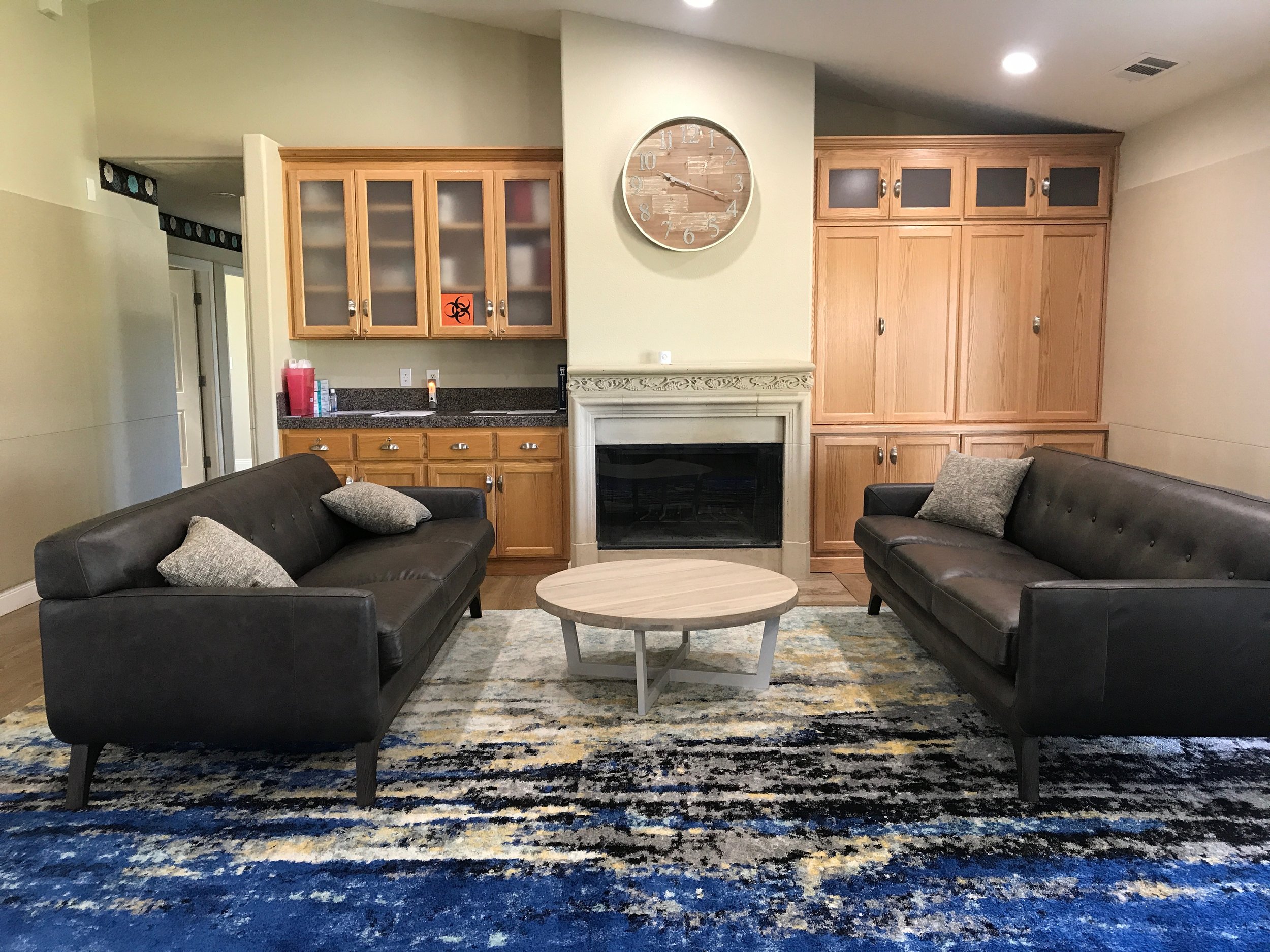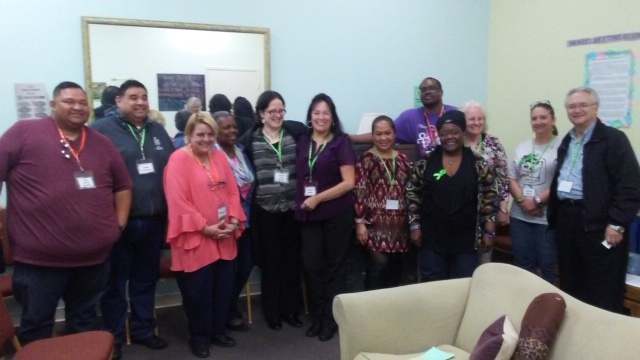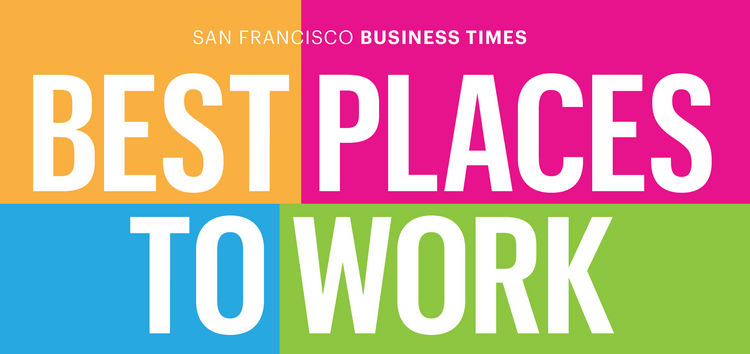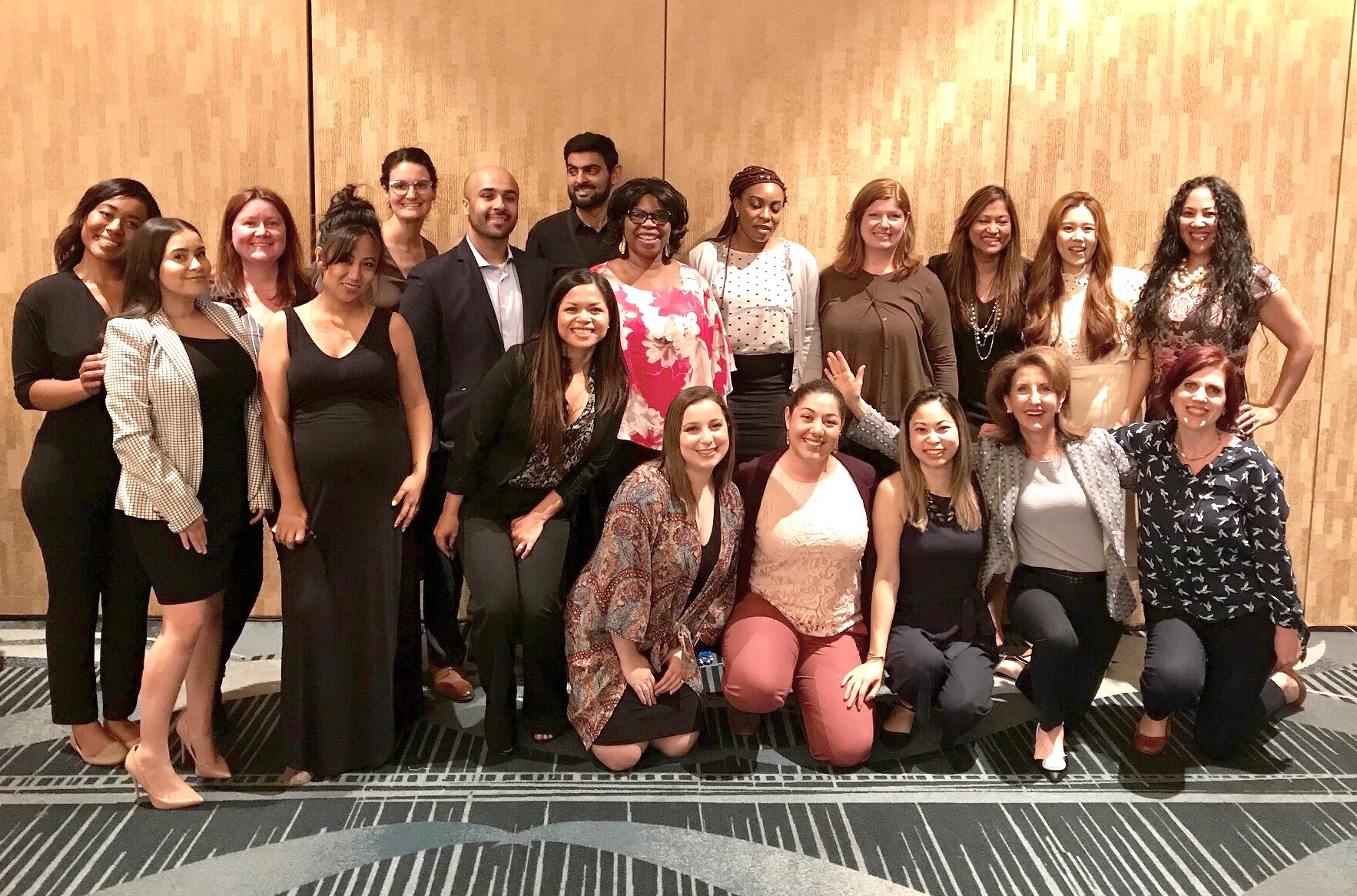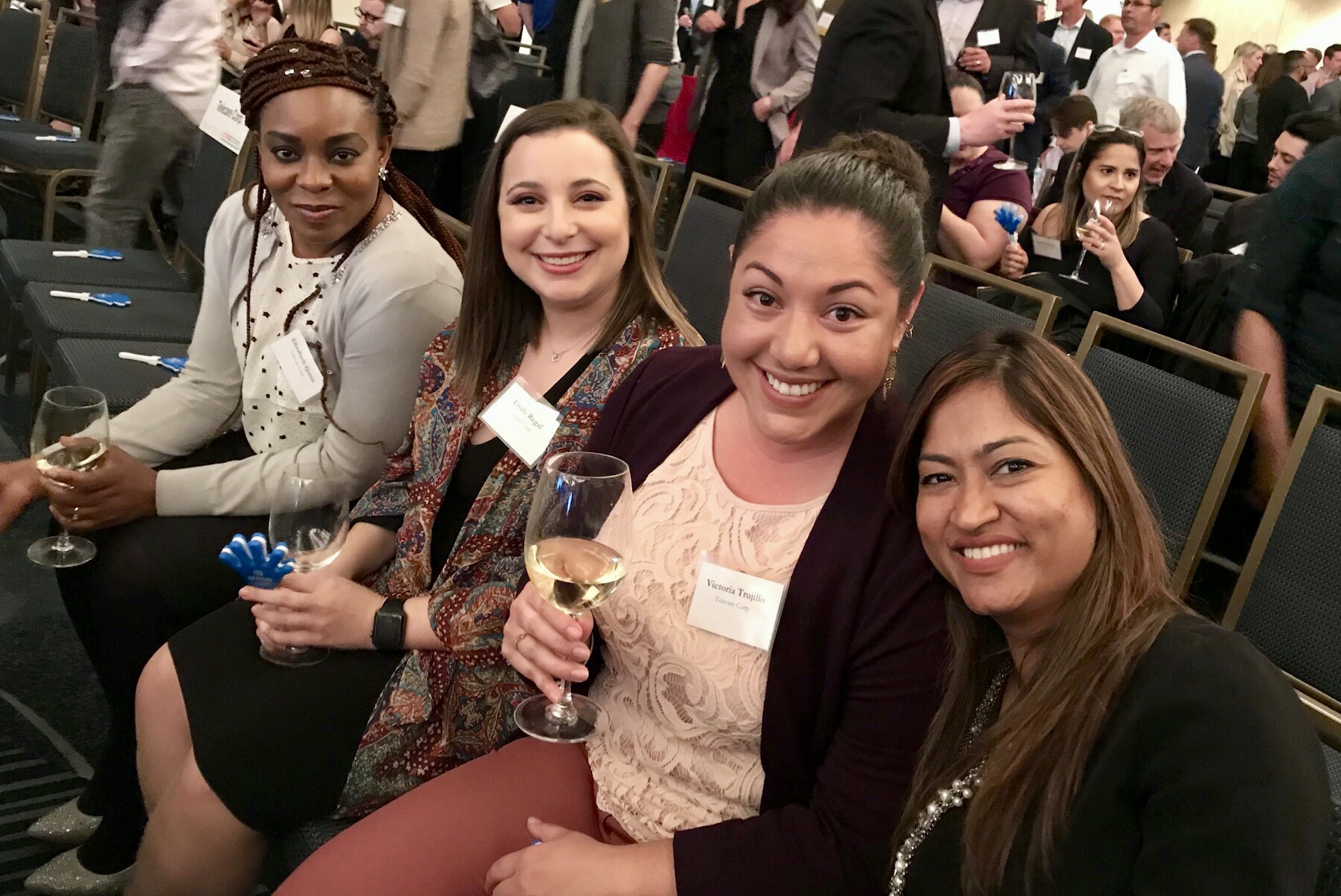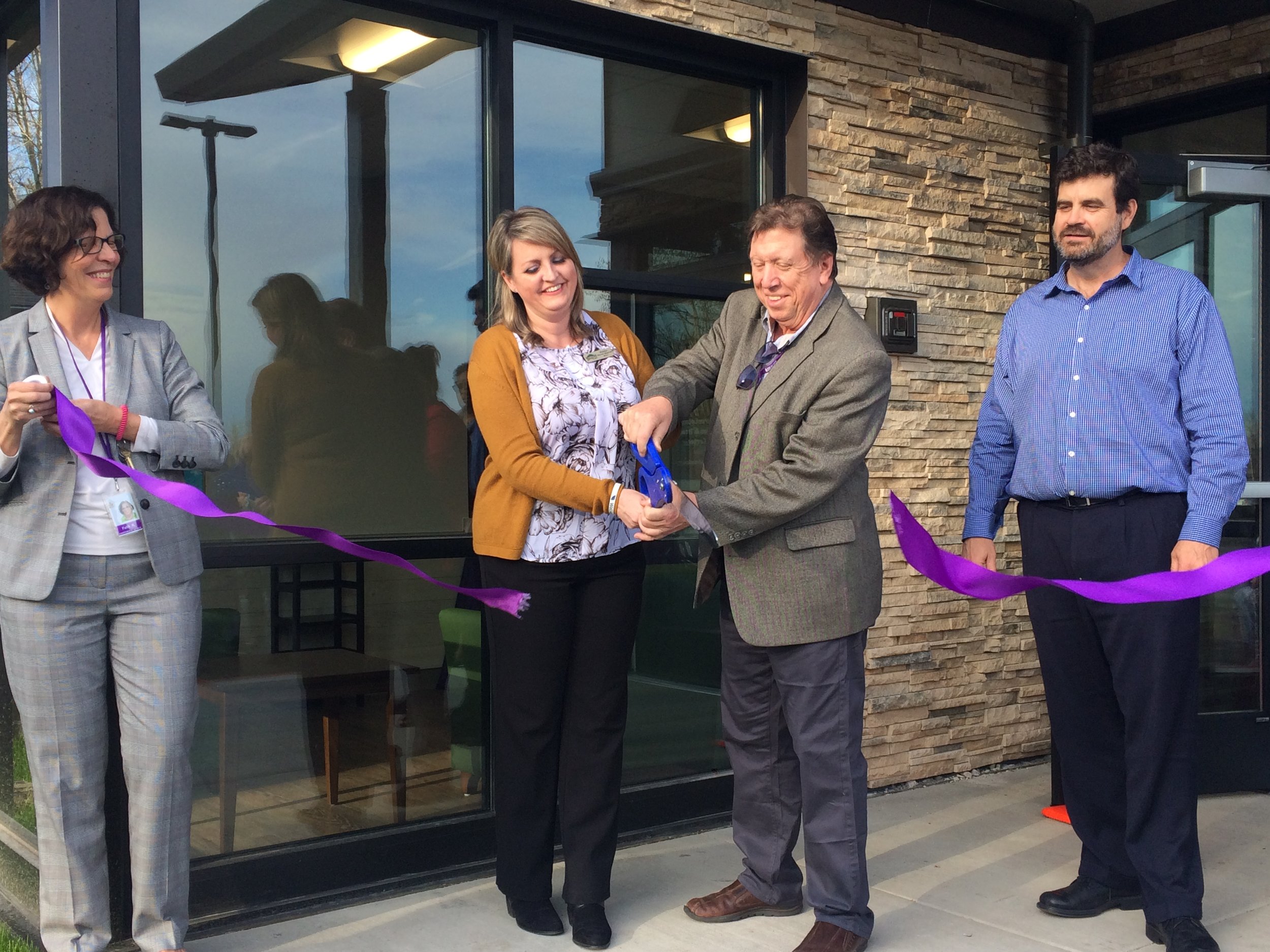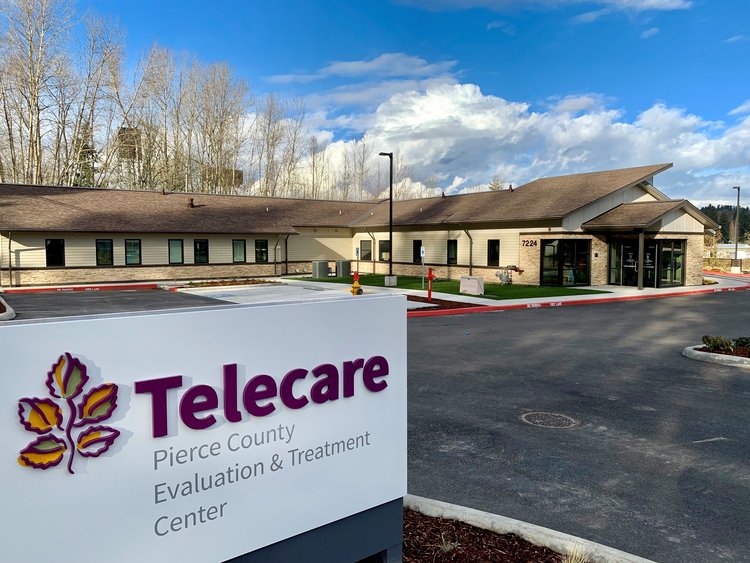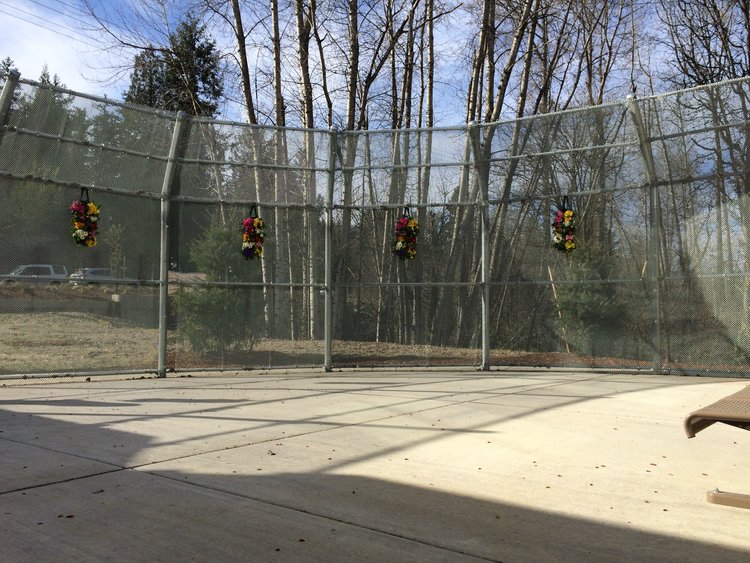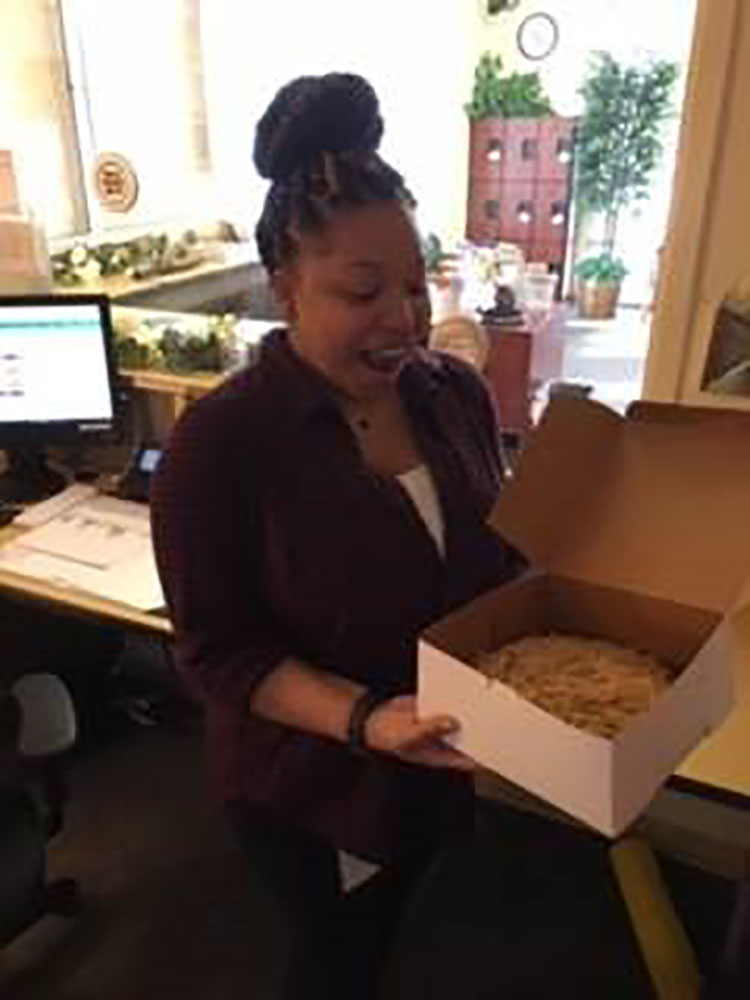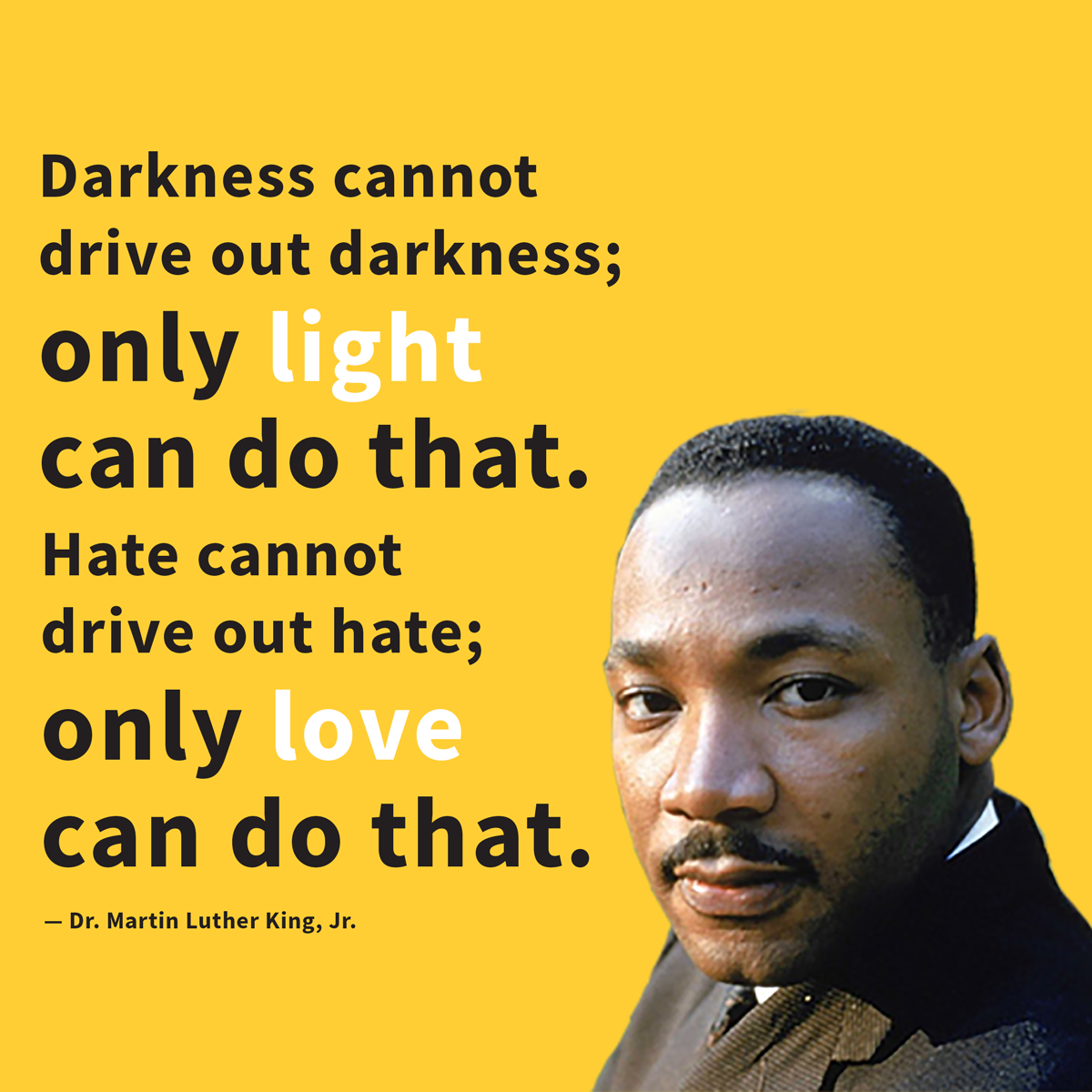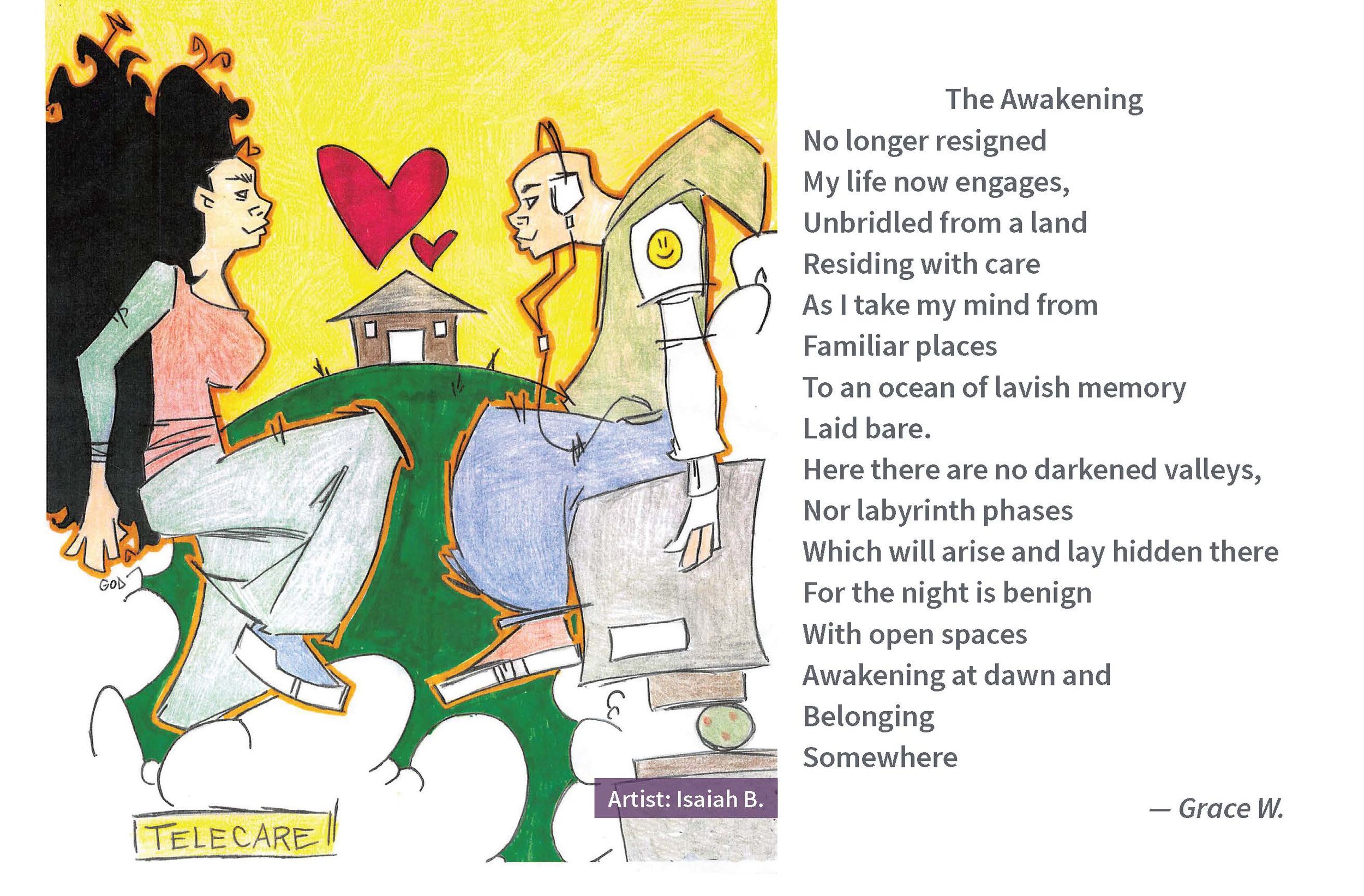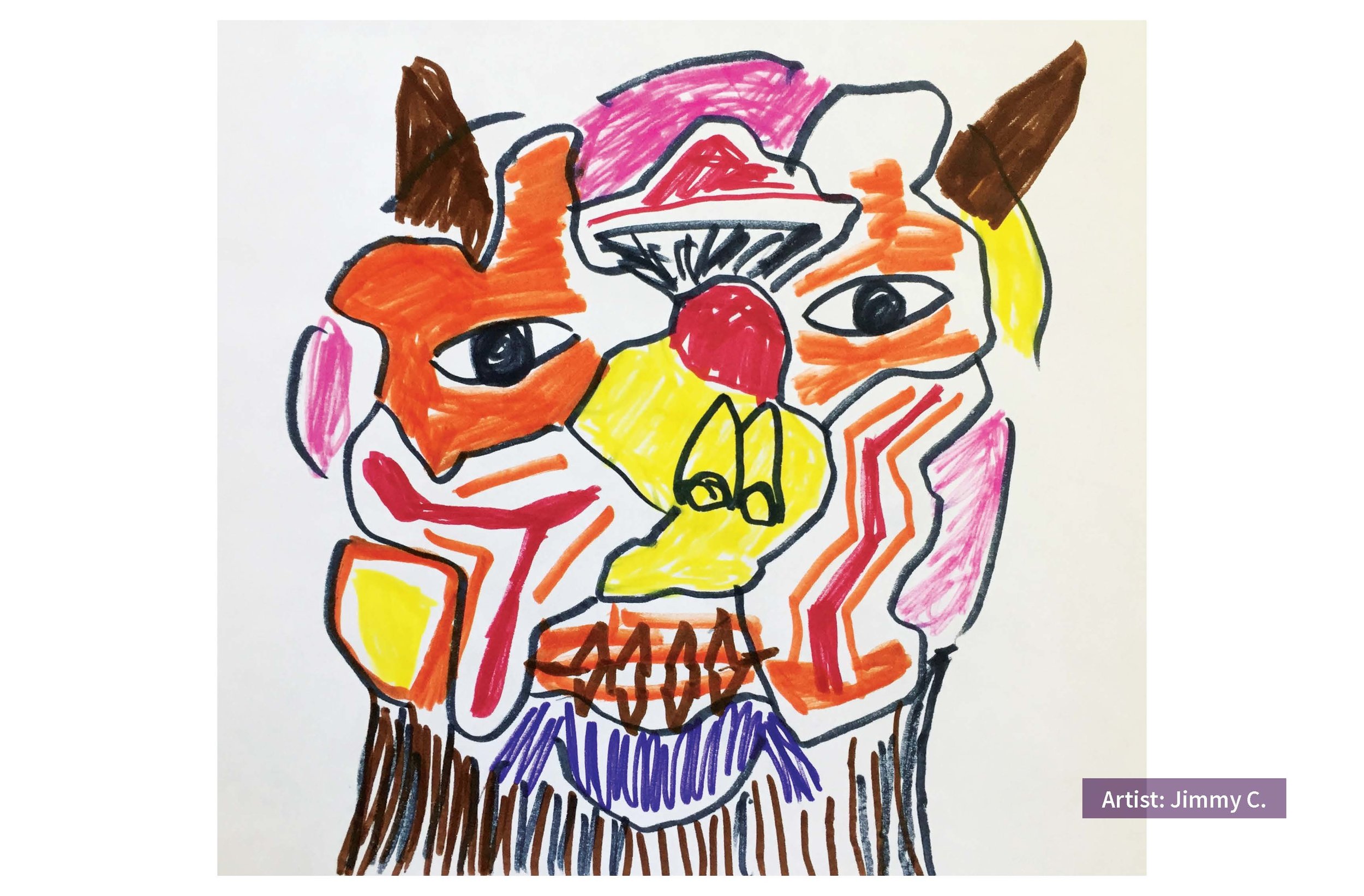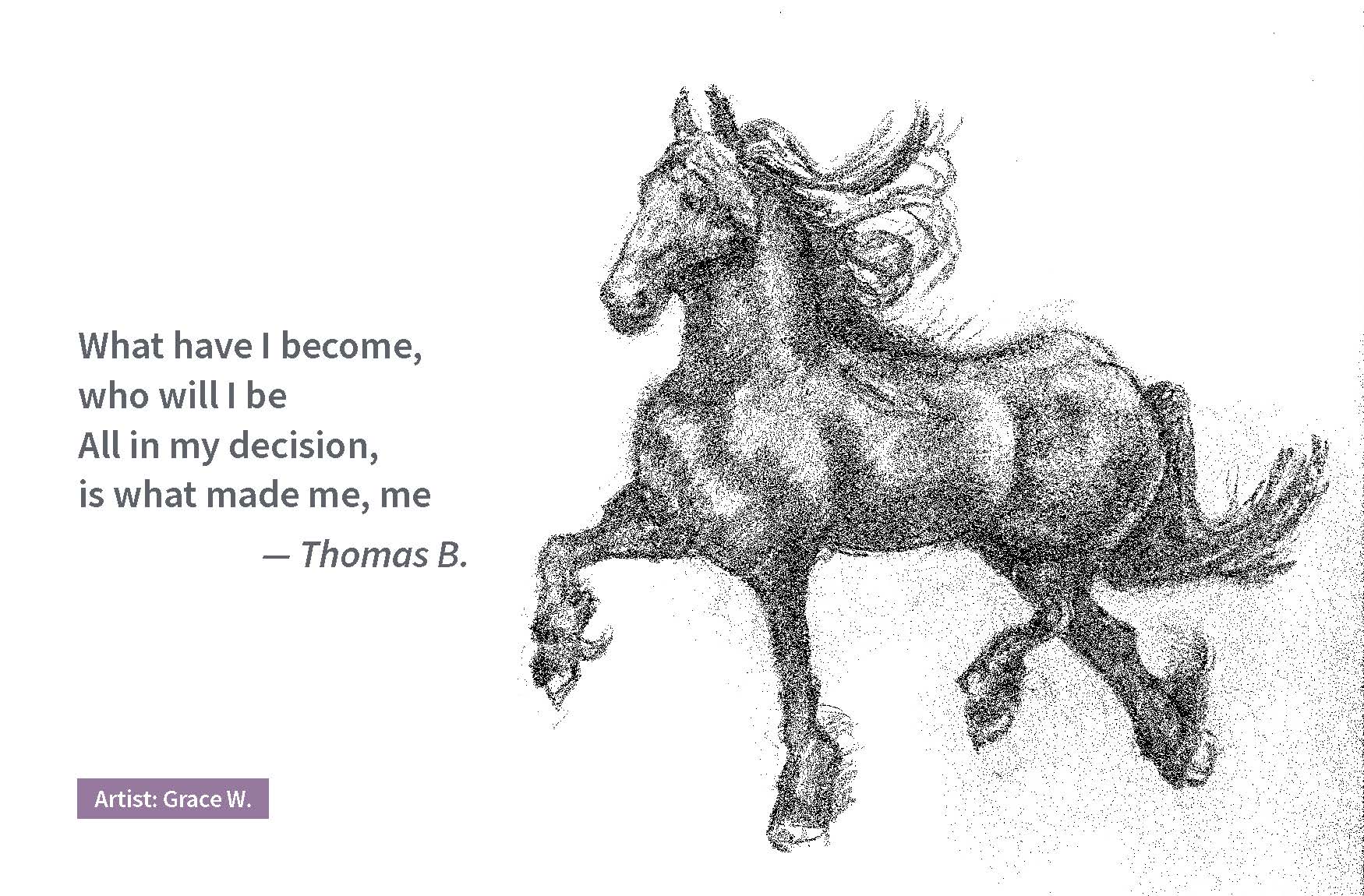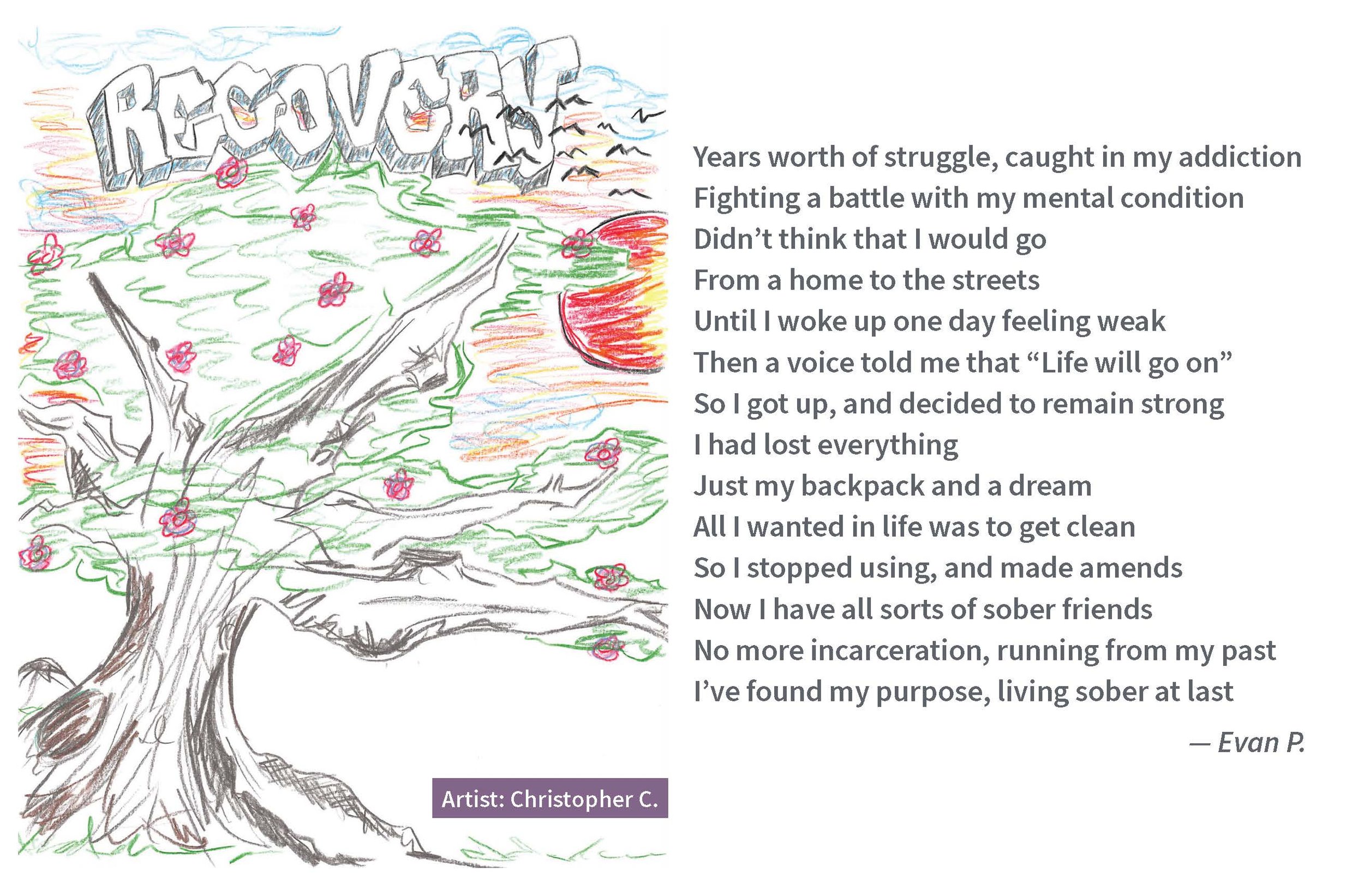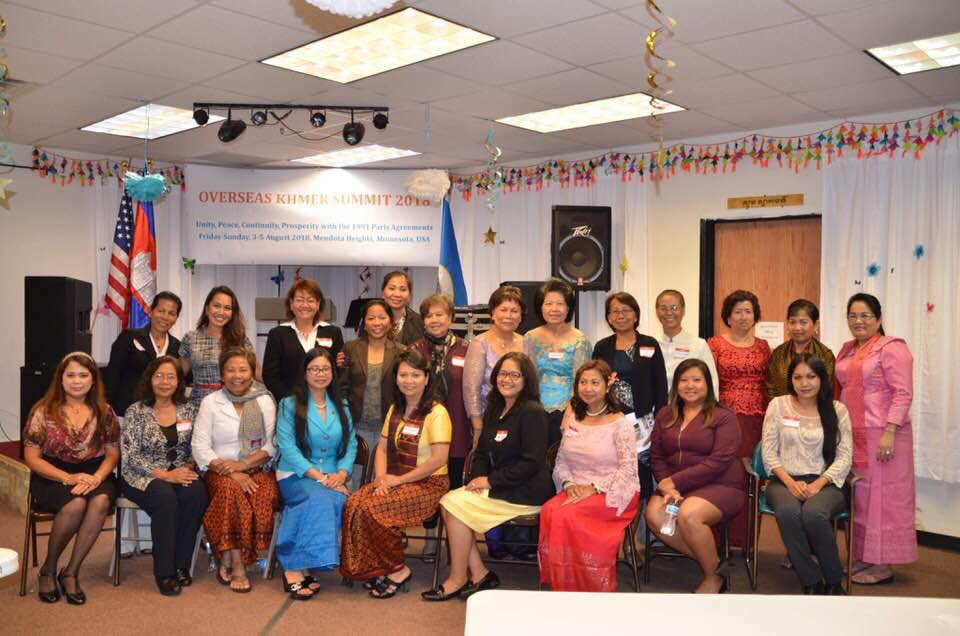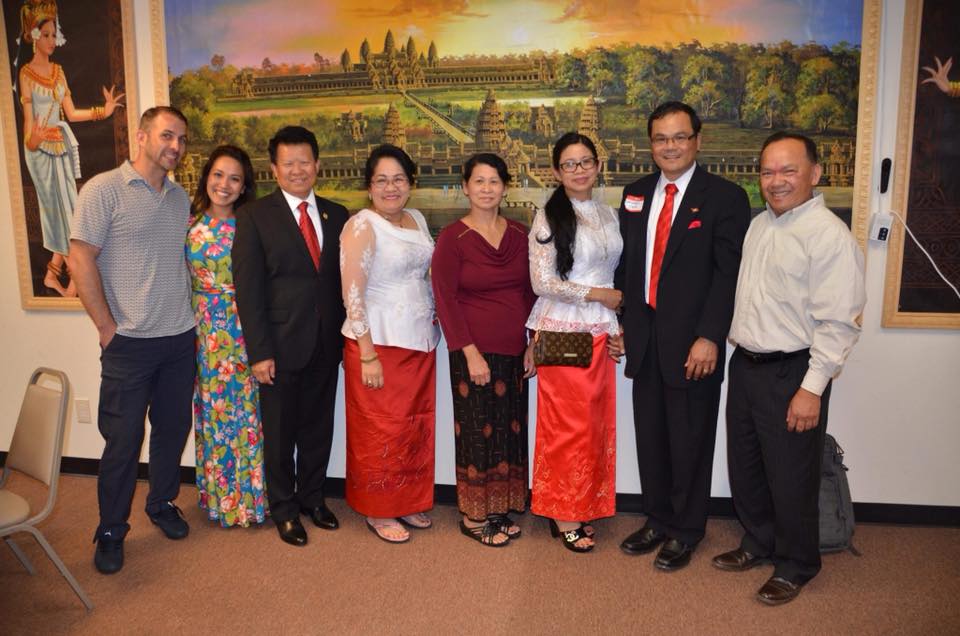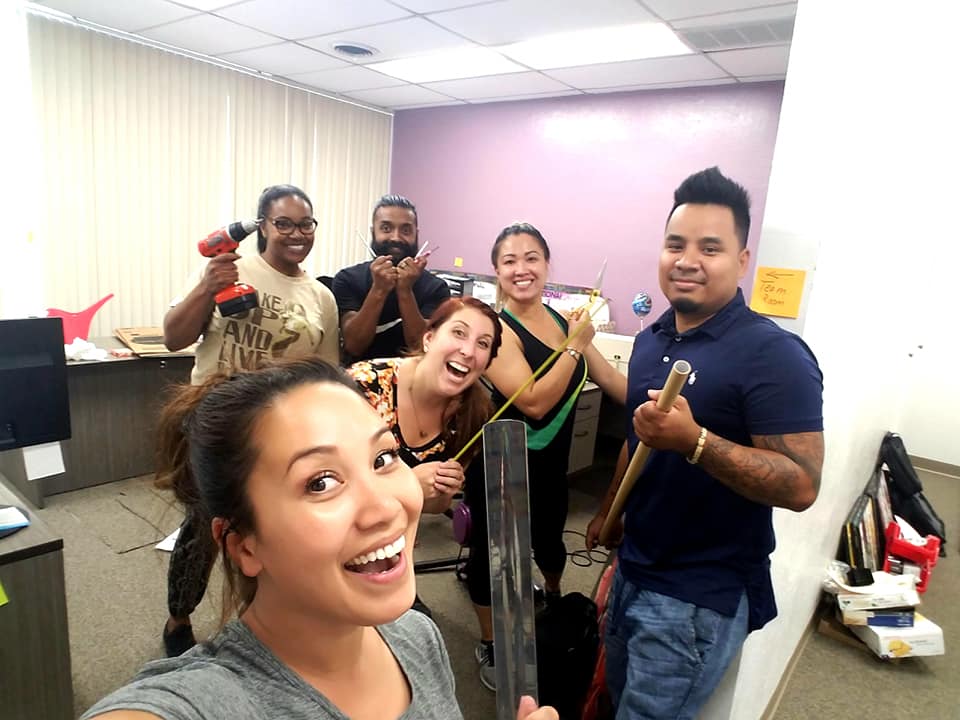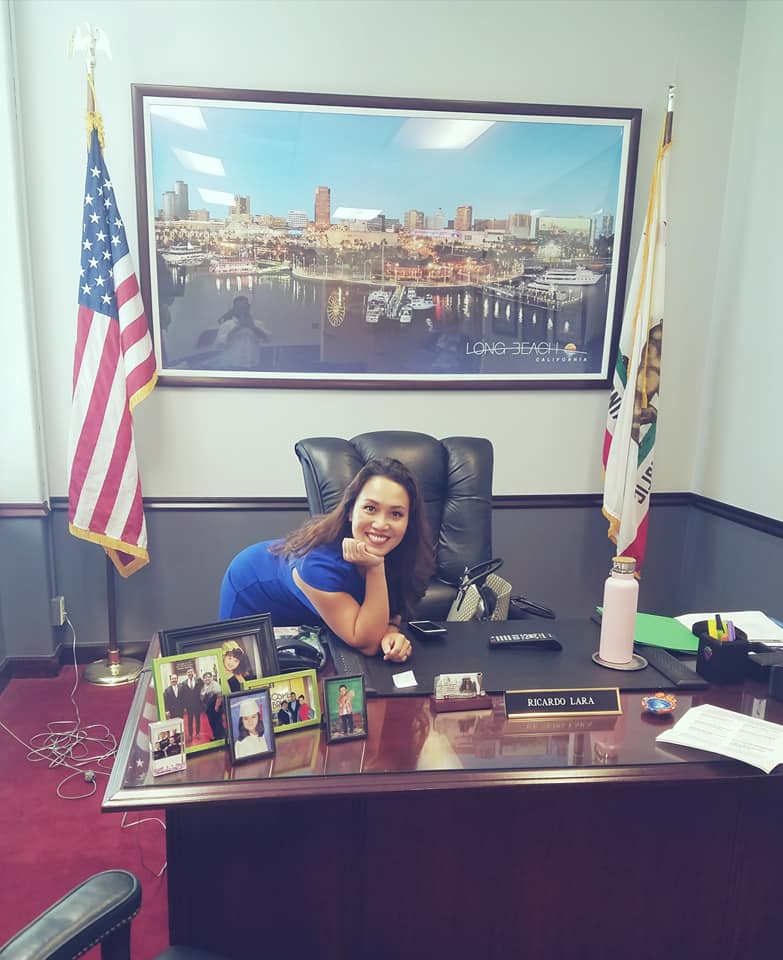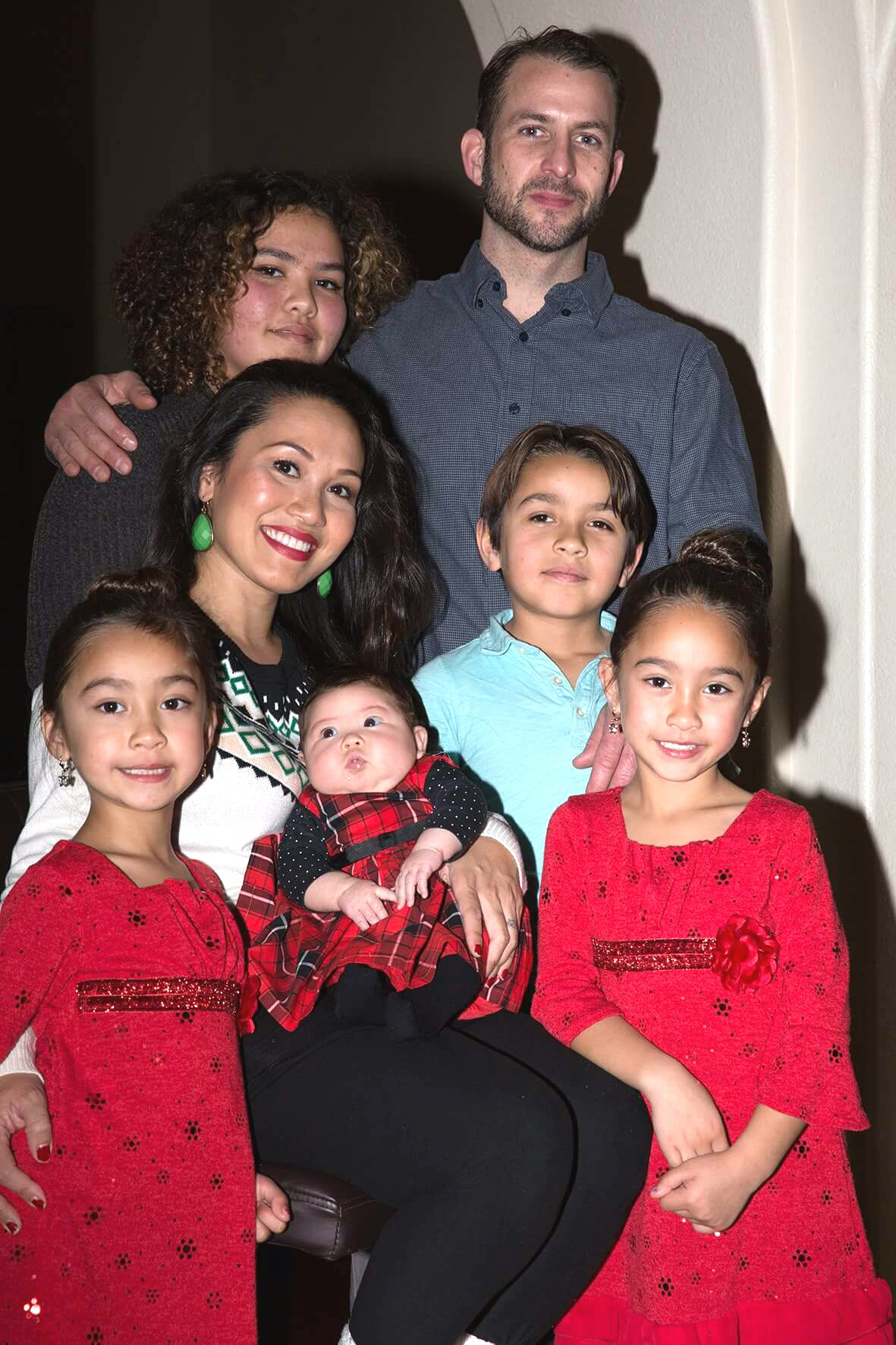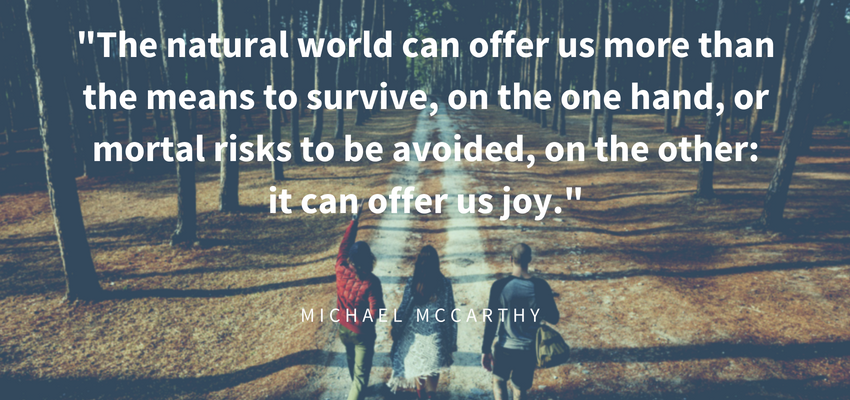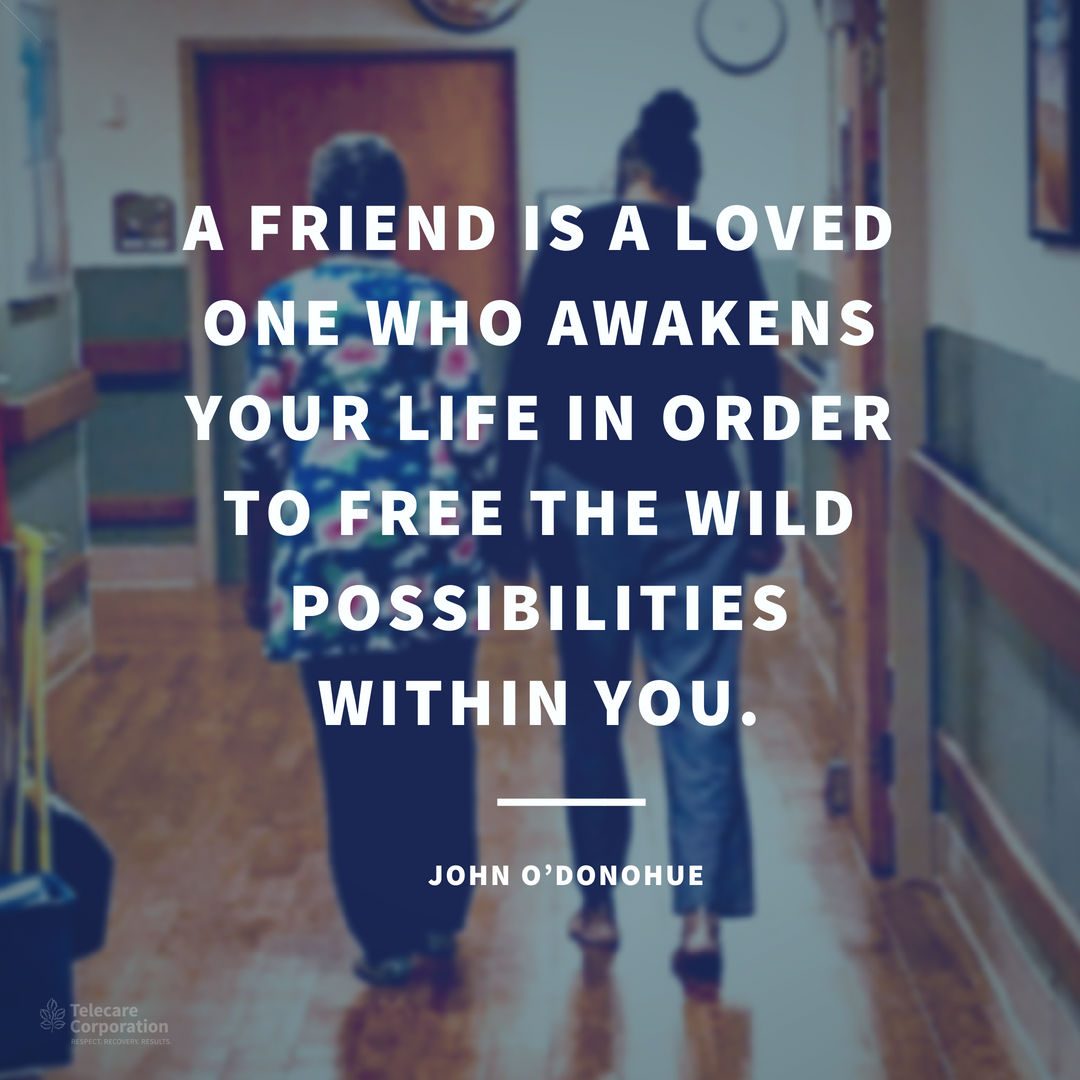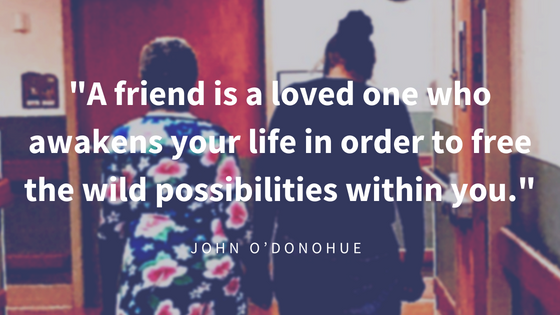Telecare Supports Peer Certification (SB 10)
/Telecare Corporation proudly joins a powerful coalition of California counties, health organizations, and advocates who are calling upon the state to standardize high-quality peer and family support services.
California state senator jim beall (15th senate district)
SB-10 Mental Mealth Services: Peer Support Specialist Certification (Beall) would establish professional standards and certification for health providers known as peers. Peers are individuals with lived experience in mental illness or substance use disorders. This bill also requires the Department of Health Care Services to administer the peer certification process, allowing California to use best practices and improve mental health outcomes.
Currently, peer providers are utilized in many settings. However, there is no statewide standard of practice, consistent curriculum, training standards, supervision standards, or certification protocol.
At Telecare, peer specialists are an important and unique part of our multi-disciplinary teams, bringing their own experiences, stories, empathy, and hope to the people we serve. Paired with the skills and knowledge they bring from their formal training, the sharing of this lived experience contribution can be extremely powerful.
Additionally, research demonstrates that the use of qualified peer support specialists has measurable benefits to clients, including reduced hospitalizations, improved functioning, alleviation of depression and other symptoms, and enhanced self-advocacy. This also provides peers with a career ladder so that individuals working in mental healthcare can fully translate their experience into meaningful employment.
SB 10 (Beall) was heard by the Assembly Health Committee on July 2 in Sacramento. The legislation passed the Senate unanimously and was re-referred to the Committee on Appropriations.
For more information on SB-10:
Download the SB-10 Fact Sheet here.
Learn more about peers at Telecare:
Christina Roberts: From Member to Peer Specialist
Former member-turned employee Christina Roberts emotionally shares her story about why her job as a peer specialist at Telecare’s WIT Program means the world to her.
Peer Support in Crisis Settings
In the above story, you’ll hear from the administrator and clinical director at Telecare’s Crisis Assessment and Treatment Center (CATC) in Multnomah County, OR, on how peer services have helped create a program culture built around respect and dignity, and how they give clients a glimpse of what recovery can look like.


